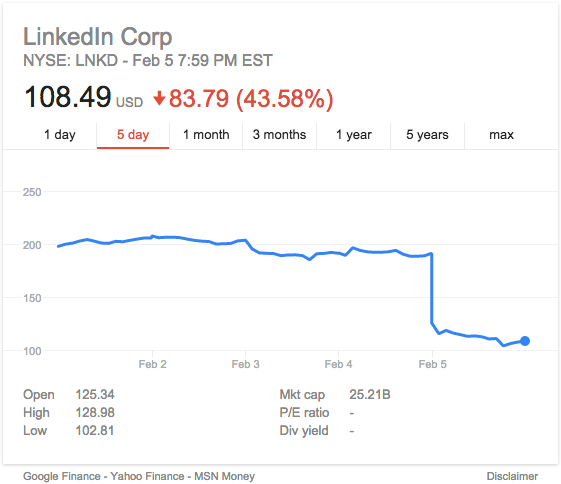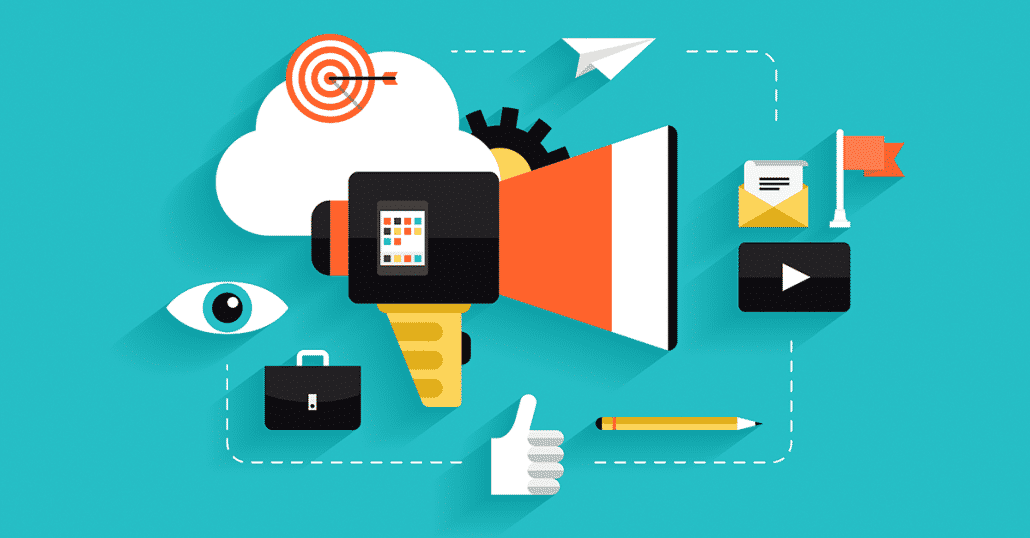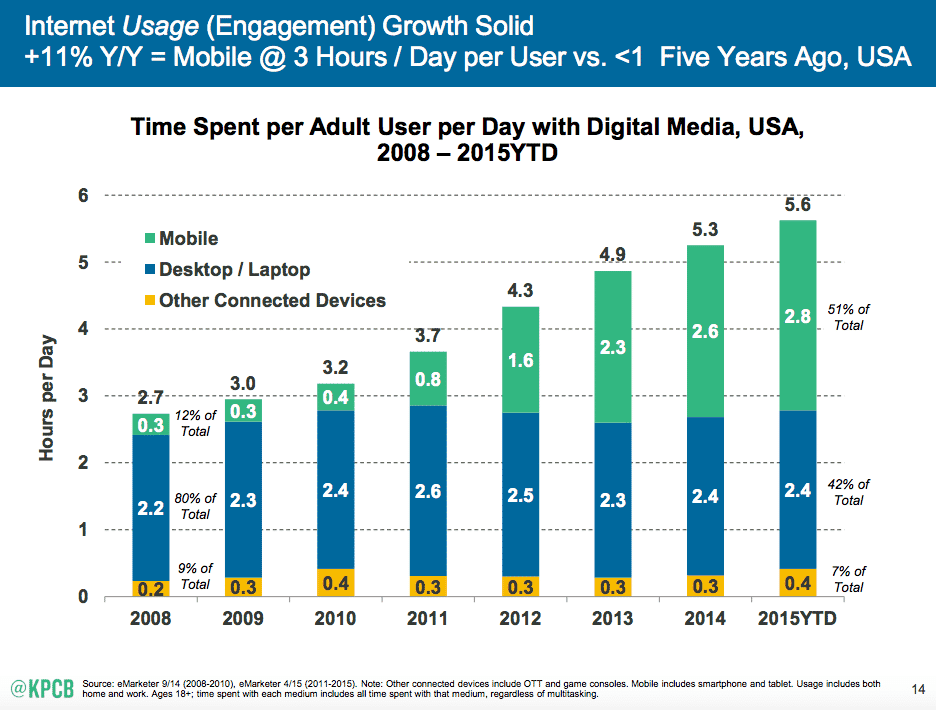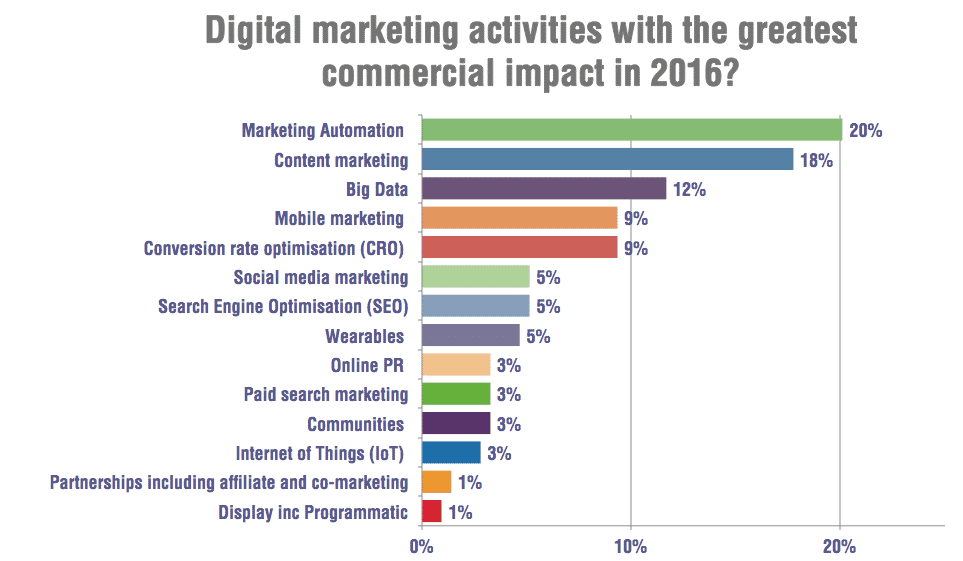What Is Exhaustive Audience Marketing?
The concept of Exhaustive Audience Marketing has the potential to save marketers big dollars on their advertising efforts – if they take the time to learn about the applications.
We have regularly written about the tremendous potential that exists when it comes to our proprietary Incremental Bidding System, and the potential that can be extracted through the practice of Exhaustive Audience Marketing is no less impressive.
When it comes to social advertising, budgets can go a very long way. We’ve conducted several studies internally to determine the value of a dollar on social media versus other media (primarily SEM dollars) and have found that when it comes to social, your money packs a punch. Sometimes upwards of a tenfold value punch. But to extract that value, there are certain practices that need to be observed. An Incremental Bidding System is a part of that, but the umbrella under which that practice is housed is referred to as Exhaustive Audience Marketing, a concept developed by t2 Marketing.
How It Works
Though the concept can extend to media outside of Facebook advertising, we’ll focus primarily on the social media giant for simplicity.
If you’ve properly analyzed your audience data, then you’ve likely developed hypertargted audience clusters made up of similarly defined users. Of course, this goes a step further than traditional demographics (especially when we’re talking about Facebook). A hypertargeted cluster, though smaller than, say, an email list, is made up of users that not only fit similar traditional demographics, but also follow similar behavioral patterns, interests and buying tendencies.
For each of these clusters, you’ll have created ad sets with tailored messaging based on the criteria mentioned above. Now it’s time to take those ads and push them to an audience with a significantly higher likelihood that they will convert. But you don’t want to spend more than you have to. How do you do it?
Let’s think of our audience as a series of ripples in the water.

Right at the center is your most relevant audience. These are the prospects (though few in number) that fit your targets almost exactly, and that have the highest likelihood of engaging with your content (seeing as how it was designed to appeal specifically to them). In that first circle is a group of prospect somewhat larger that come very close to that ideal audience, but aren’t exact.
As you move further and further out, the pools grow, and while the audience becomes somewhat less exactly targeted, the audience members are still relevant in some capacity, though not necessarily an audience that is apt for immediate engagement. They may take a little extra push, but they still fall under the umbrella of prospects.
You can also think of it in terms of a lead score, but with somewhat more of a social makeup. Your marketing efforts become a little bit more exhaustive as you reach the users on the outskirts of this pool, and therefore, the cost to acquire or engage these users might be somewhat higher.
Incremental Bidding Systems
It is here that Incremental Bidding Systems come into play. These individuals are all capable of being engaged with at different prices. For those prospects that fall exactly in the middle of the pool, you can acquire those audience members for next to nothing (if not nothing). An exceedingly low bid (possibly even lower than what Facebook recommends in some cases) still has potential. They key is to extract that potential fully before moving up to another increment.
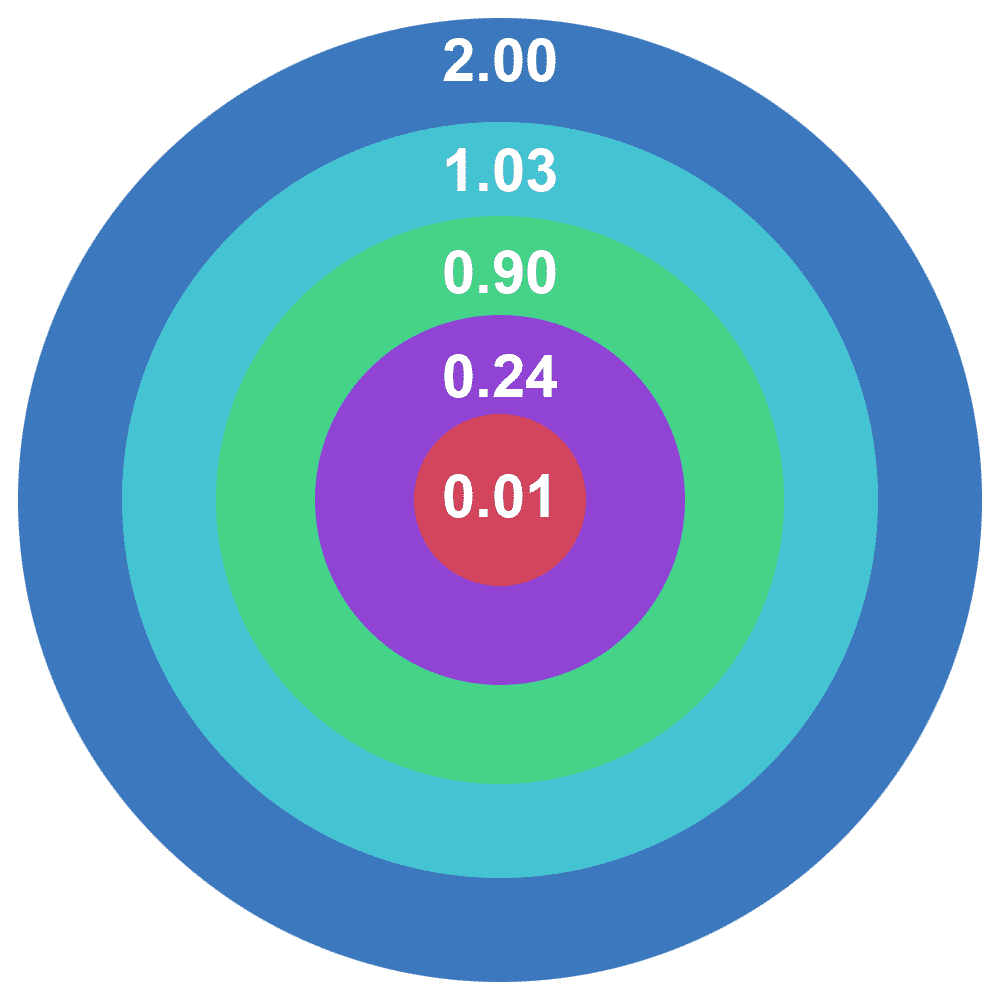
When running a Facebook ad campaign, you may feel inclined to allow Facebook to set the ‘optimal’ bid for your ads, but you can rest assured that while you will receive clicks, you’ll burn through your budget much faster and receive a fraction of the potential clicks that could come.
Why would you pay $1.03 for a click that could be obtained for $0.24? When you know that there is an option to avoid that, you’ll certainly choose that option. Essentially, you’ll want to pay attention to the click-through rate and the click volume you’re receiving in the backend of Facebook on a regular basis (daily if not hourly, depending on the length of a campaign).

When you begin to see those two numbers dip (shown in red above), you’re likely reaching the end of the potential at a certain bid. At that point, it’s time to increase your bid (slightly) in order to extract the potential at another level. This process should continue until you’ve completed your budget. In other words, exhaust your audience potential at each bid level before increasing your bid.
If you run two campaigns side-by-side, one with Facebook automatically optimizing your bids, the other with a strategy like this one implemented, you’ll quickly see a difference. Although it might take a little more work, you’ll see exceptionally higher results.
Conclusion
Exhaustive Audience Marketing is not something that comes about easily. It requires an understanding of your social and audience data, the creation of hypertargeted audience clusters and associated content, and a good understanding of how Facebook’s ad system works. These are not skills that are developed overnight, but if you take the time to learn what can be done and implement these systems properly, you can expect significant results.
Look for more information on Exhaustive Audience Marketing and Incremental Bidding Systems on the t2 Marketing blog!

